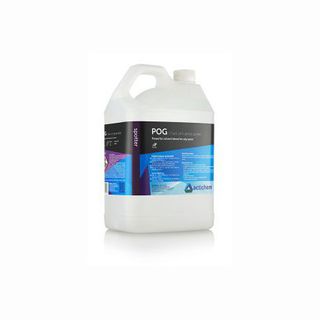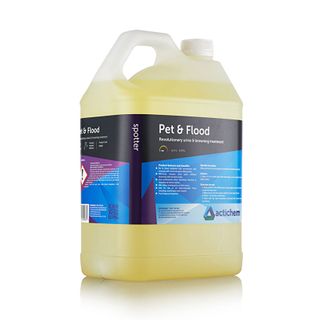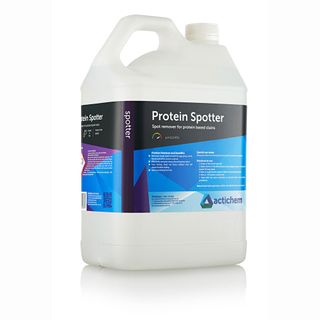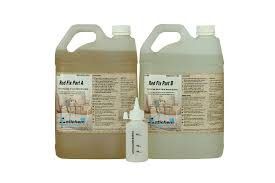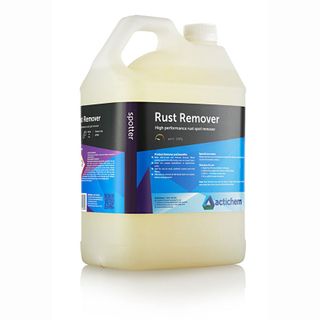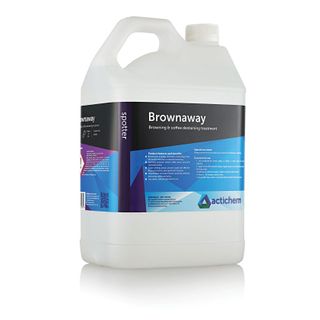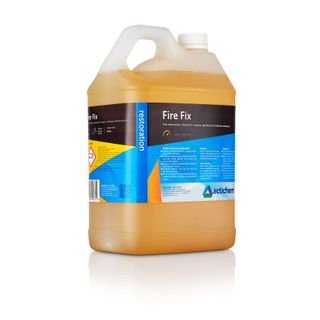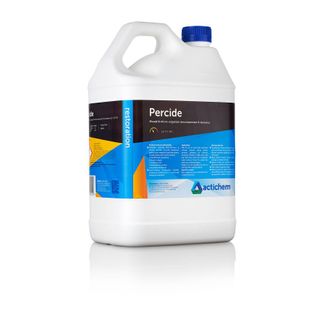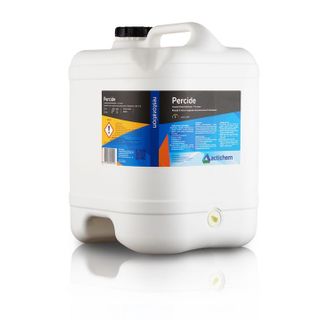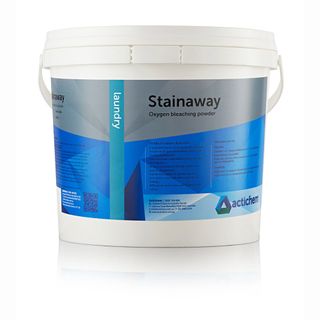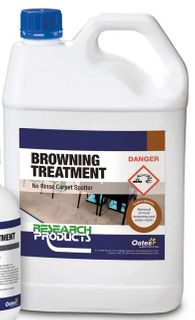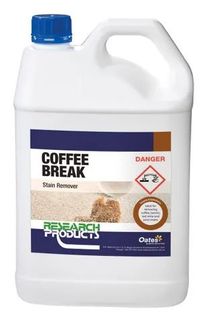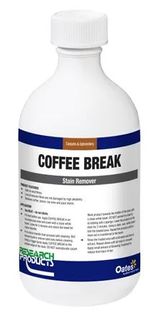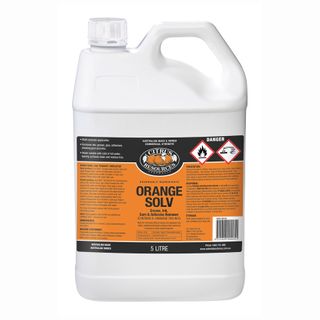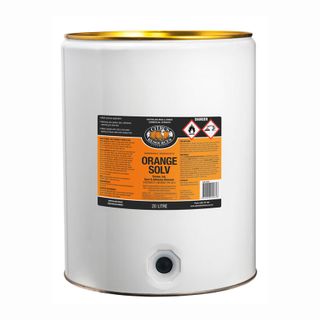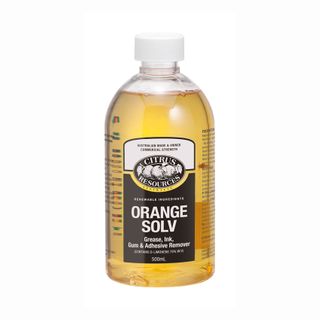Stain Removal Chemicals

Stains are so aggravating as they stand out visually, and are sometimes accompanied by unpleasant odours. The quicker a stain is treated, the less chance of it becoming embedded through chemical interaction between the substance and the surface it is resting on. There is also less chance of damage to the stained surface during treatment. Knowing what caused the stain is extremely helpful to select appropriate treatment. Always read manufacturer labels and consult with Rapid Clean if in doubt.
The stain guide below is a selection of stains commonly needing treatment, and the products Rapid Clean Newcastle carries to deal with them. Cleaners should carry small treatment packages to address stain removal. Always test in an inconspicuous area to assess risk to surfaces of colour loss/disturbance, or compromised surfaces, preferably with a white microfibre cloth to avoid colour leaching from the cloth. Try to avoid aggressive agitation of stains to reduce risk of stains being spread - blotting should be tried first, especially with strong colours and sticky gum-like residues being released.
Stain removers have different PH levels which may need offsetting treatment to neutralise the process and protect surfaces. High or low PH may require appropriate protective equipment
|
||||||||||||||||||||||||||||||||||||||||||||||||||||||||||||||||||||||||||||||||||||||||||||||||||||||||||||||||||||||||||||||||||||||

